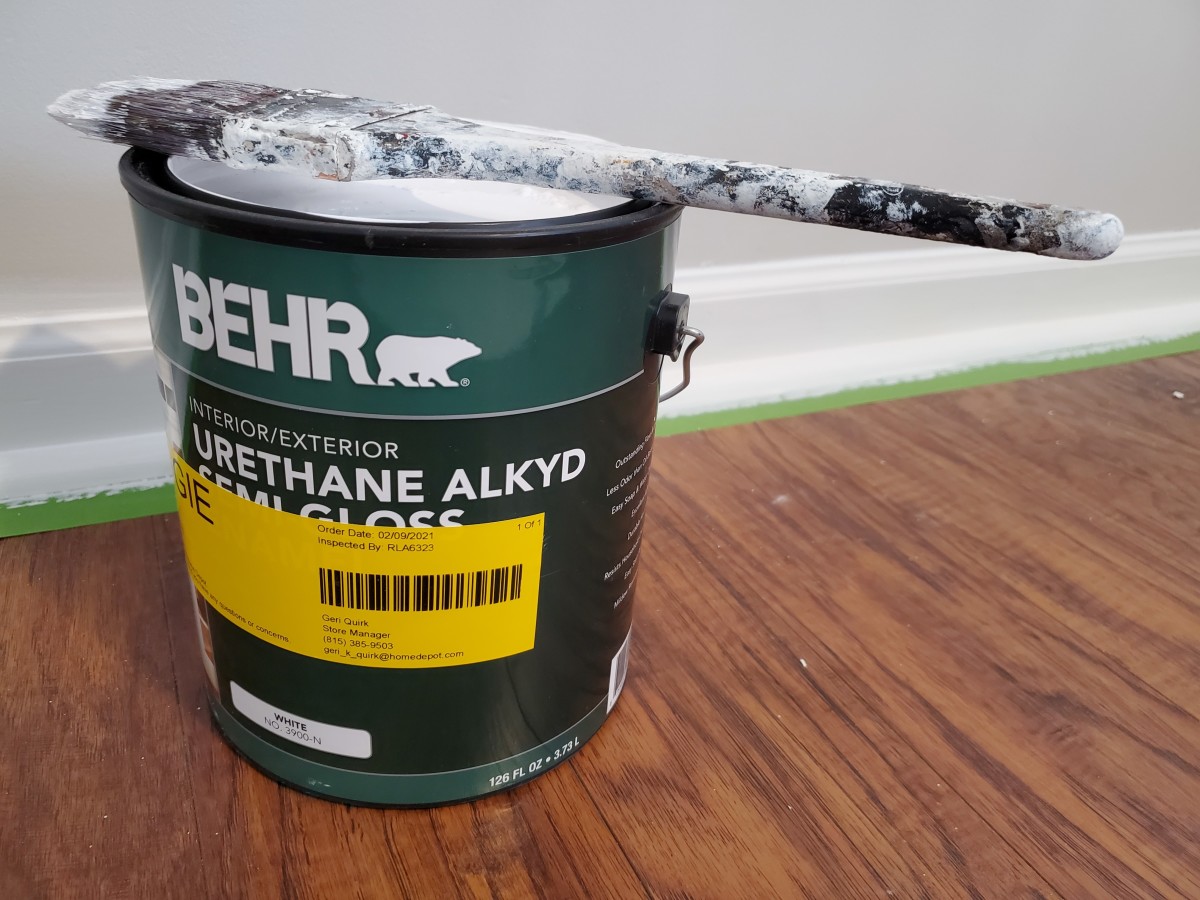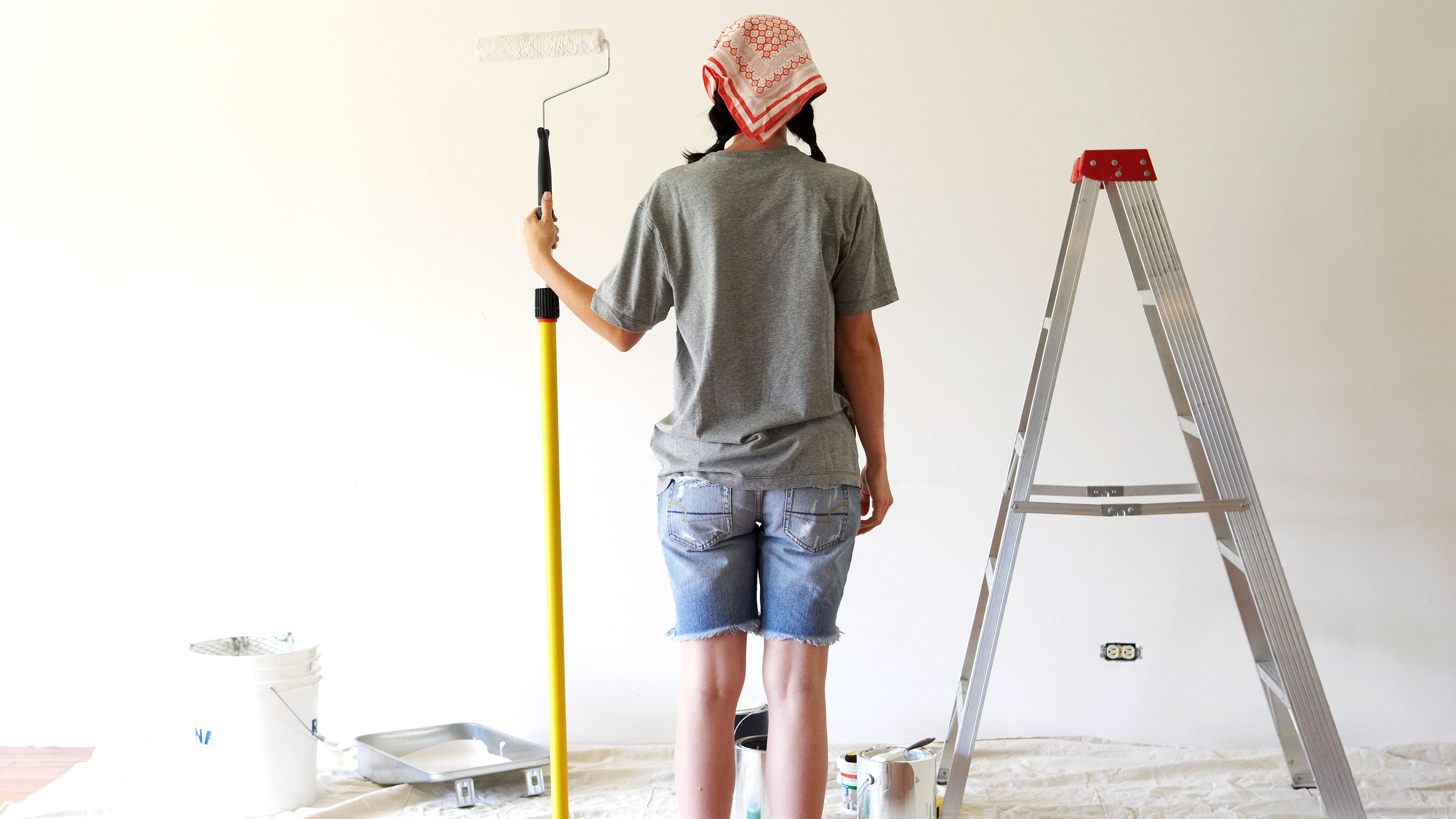Factors Influencing Drying Time: How Long To Let Cabinet Paint Dry

The drying time of paint is a crucial aspect of any painting project, as it determines when you can apply subsequent coats and when the painted surface can be used. Several factors influence how long it takes for paint to dry, ranging from the type of paint used to environmental conditions. Understanding these factors is essential for planning your painting projects efficiently and achieving optimal results.
Paint Type
The type of paint used plays a significant role in determining its drying time. Different paint formulations have varying drying characteristics due to their chemical composition and the presence of specific additives.
- Oil-based paints typically take longer to dry than water-based paints. This is because oil-based paints rely on an oxidation process, where the oil reacts with oxygen in the air to solidify. The drying time for oil-based paints can range from 24 hours to several days, depending on the thickness of the coat, temperature, and humidity.
- Latex paints, also known as water-based paints, dry much faster than oil-based paints. This is because latex paints dry primarily through evaporation of water. Latex paints usually dry to the touch within an hour and can be recoated after about four hours.
- Specialty paints, such as epoxy paints, polyurethane paints, and acrylic paints, have varying drying times depending on their specific formulation and intended use. Epoxy paints, for example, often require several days to cure fully, while acrylic paints can dry in a few hours.
Humidity and Temperature
Humidity and temperature significantly impact paint drying times.
- High humidity slows down the drying process, as the moisture in the air inhibits evaporation. For example, a latex paint might take several hours to dry in humid conditions compared to a few hours in dry conditions.
- High temperatures generally accelerate the drying process, as the heat promotes evaporation. However, extremely high temperatures can cause the paint to dry too quickly, leading to cracking or peeling. For instance, a paint might dry in a few hours in a hot, sunny room, but it could take much longer in a cool, shaded area.
Ventilation and Air Circulation
Adequate ventilation and air circulation are crucial for proper paint drying.
- Good ventilation removes moisture from the air, accelerating the drying process. Open windows and doors, or use fans to improve air circulation.
- Poor ventilation can trap moisture, leading to slow drying times and potentially causing paint defects.
Paint Thickness and Application Method
The thickness of the paint coat and the application method also influence drying time.
- Thick coats of paint take longer to dry than thin coats because there is more material to evaporate or oxidize.
- Application methods can also affect drying time. For example, spraying paint typically results in thinner coats than brushing, leading to faster drying times.
General Drying Timeframes

Understanding the drying times for cabinet paint is crucial for achieving a smooth, durable finish. The drying time is influenced by various factors, including paint type, temperature, humidity, and ventilation. This section provides a comprehensive overview of the drying timeframes for different paint types, encompassing the touch dry, recoatable, and fully cured stages.
Drying Time Stages
The drying process involves three distinct stages:
- Touch Dry: This stage indicates the paint’s surface is dry enough to touch without leaving a mark. It usually takes a few minutes to a few hours, depending on the paint type and environmental conditions.
- Recoatable: This stage signifies the paint has dried sufficiently for another coat to be applied without causing smudging or defects. Recoatable time is typically longer than touch dry, ranging from a few hours to a day.
- Fully Cured: This final stage marks the completion of the drying process, where the paint has reached its maximum hardness and durability. Full curing can take days or even weeks, depending on the paint type and environmental factors.
Typical Drying Times for Cabinet Paint
| Paint Type | Touch Dry | Recoatable | Fully Cured |
|---|---|---|---|
| Oil-based paint | 8-24 hours | 24-48 hours | 7-14 days |
| Water-based paint (Latex) | 1-4 hours | 4-8 hours | 1-2 weeks |
| Epoxy paint | 24-48 hours | 48-72 hours | 7-14 days |
Best Practices for Drying Cabinets

Drying your cabinets properly after painting is crucial for a durable and long-lasting finish. This ensures that the paint adheres well and prevents chipping, peeling, or cracking. To achieve optimal drying results, follow these best practices:
Preparing Cabinets for Painting
Before applying any paint, thorough preparation is key. This involves cleaning, sanding, and priming your cabinets for a smooth and even finish.
- Clean the cabinets thoroughly. Use a degreaser or a mild soap and water solution to remove dirt, grease, and any existing coatings. A clean surface allows for better paint adhesion.
- Sand the cabinets to create a smooth surface. Use fine-grit sandpaper to remove any imperfections, such as bumps or scratches. This helps the paint to adhere evenly and provides a professional finish.
- Prime the cabinets. Applying a primer before painting is essential for a smoother and more durable finish. Primer acts as a barrier between the wood and the paint, helping the paint adhere better and preventing the wood from absorbing the paint.
Proper Ventilation During and After Painting, How long to let cabinet paint dry
Adequate ventilation is essential during and after the painting process to ensure proper drying and to prevent any harmful fumes from accumulating.
- Open windows and doors. Create a cross-breeze to allow fresh air to circulate and carry away paint fumes.
- Use fans. Fans help to speed up the drying process and improve ventilation.
- Avoid painting in enclosed spaces. Painting in well-ventilated areas minimizes the risk of paint fumes affecting your health.
Recommended Drying Conditions
The drying time of cabinet paint is influenced by factors like temperature, humidity, and air circulation. Creating optimal drying conditions helps ensure a smooth and durable finish.
- Temperature: Aim for a temperature between 60°F and 80°F (15°C and 27°C). Warmer temperatures promote faster drying, but avoid extreme heat as it can cause the paint to dry too quickly and crack.
- Humidity: Low humidity levels (around 40% to 50%) are ideal for drying. High humidity can slow down the drying process and lead to problems like paint peeling or blistering.
- Air circulation: Ensure good air circulation around the cabinets to allow the paint to dry evenly. Fans or open windows help create this circulation.
Avoiding Common Drying Problems
Understanding common drying problems and how to prevent them is crucial for a successful painting project.
- Drips and runs: Avoid applying paint too thickly, as this can lead to drips and runs. Apply thin coats and allow each coat to dry completely before applying the next.
- Uneven drying: Ensure good air circulation around the cabinets to prevent uneven drying. Avoid placing objects near the cabinets that might obstruct airflow.
How long to let cabinet paint dry – Waiting for paint to dry can feel like an eternity, especially when you’re eager to see your project come to life. But don’t rush it! Give those cabinets the time they need to cure properly, just like you’d give a child the time to dream of a magical bedroom, maybe even one adorned with mickey mouse curtains.
After all, a well-painted cabinet, just like a well-designed bedroom, deserves a chance to shine.
The wait for cabinet paint to dry can feel like an eternity, especially if you’re eager to see the finished product. It’s tempting to rush the process, but patience is key. Just like figuring out how long should bedroom curtains be for the perfect look, the right drying time ensures a smooth, even finish that lasts.
So, resist the urge to touch those cabinets, and let the paint cure completely for the best results.
